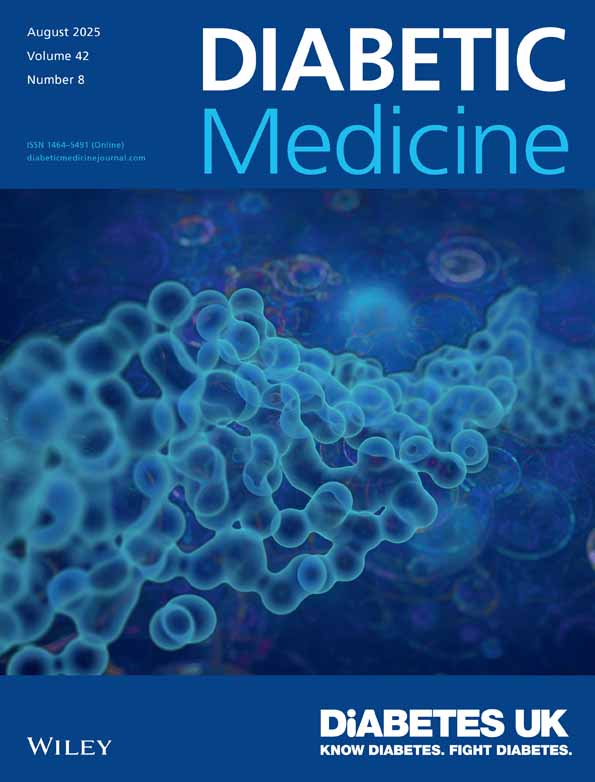Left Ventricular Hypertrophy in Non-insulin-dependent Diabetic Patients With and Without Diabetic Nephropathy
Abstract
The aim of our cross-sectional case–control study was to evaluate putative mechanisms of the increased cardiac morbidity and mortality in NIDDM patients with or without diabetic nephropathy. Fifty-one NIDDM patients with diabetic nephropathy (38 males, age 61 ± 8 years, group 1), 53 NIDDM patients with normoalbuminuria (42 males, 61 ± 7 years, group 2), and 22 non-diabetic control subjects (15 males, 58 ± 8 years, group 3) were investigated. Previous antihypertensive treatment was withdrawn 2 weeks before the study. Left ventricular mass index (LVMI) and systolic function were determined by echocardiography. LVMI was elevated, mean ± SE, in group 1: 157 ± 6 g m−2, and in group 2: 139 ± 7 g m−2, as compared with group 3: 95 ± 5 g m−2 (p < 0.001, for both), and in group 1 as compared with group 2 (p = 0.05). The prevalence of left ventricular hypertrophy (LVH) (LVMI > 131 g m−2 in men and > 100 g m−2 in women) was much higher in group 1: 75 % (95 % CI, 60–86), and group 2: 51 % (95 % CI, 37–65), as compared with group 3: 9 % (95 % CI, 1–29) (p < 0.001, for both), and in group 1 as compared with group 2 (p < 0.01). Shortening fraction of the left ventricle, % ± SE, was relatively reduced in group 1: 32.5 ± 1.1 %, and group 2: 33.4 ± 1.1 %, as compared with group 3: 41.2 ± 1.2 % (p < 0.01, for both). In a subgroup of 26 normoalbuminuric normotensive NIDDM patients, LVMI was higher than in 14 normotensive non-diabetic control subjects: 137 ± 10 g m−2 vs 96 ± 7 g m−2, respectively (p < 0.005). The prevalence of LVH was 42 % (95 % CI, 23–63) and 14 % (95 % CI, 2–43) (p = 0.07) in these two groups, respectively. In conclusion, normotensive and hypertensive NIDDM patients with and without diabetic nephropathy frequently suffer from LVH and relatively reduced systolic function which may constitute independent risk factors for fatal and non-fatal cardiac events. © 1997 John Wiley & Sons, Ltd.




